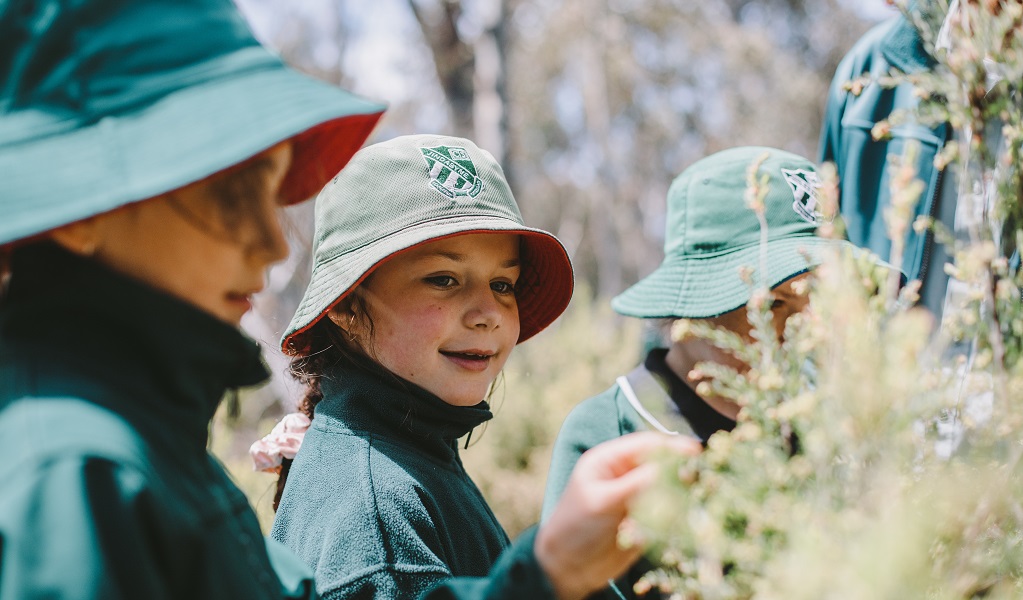School excursion
The Earth's environment
Tomaree National Park
Overview
Join The Earth's environment Geography excursion for Stage 2 (Years 3-4) students at Tomaree National Park, near Port Stephens. They'll discover how NSW National Parks safeguards over 10 per cent of land in NSW.
Read more about The Earth's environment
Students will learn about the critical role that NSW National Parks and Wildlife Service (NPWS) plays in conserving our unique native plants, animals and rich cultural heritage.
They'll explore the significance of the environment at Tomaree National Park, and the important inter-relationships between humans and nature. They'll discover the native plants and animals along the Tomaree Head Summit walking track. They'll also view the historic World War II gun emplacements.
Students will learn about the history and culture of the Aboriginal people and their relationship with Country.
They'll delve into the key roles that NPWS personnel hold in conserving and protecting wildlife, culture and heritage.
For program outline, safety and practical information about this excursion, see info for teachers
| Stage | Stage 2 (Years 3-4) |
|---|---|
| Learning area | Geography |
| Student outcomes |
GE2-1. Examines features and characteristics of places and environments GE2-2. Describes the ways people, places and environments interact GE2-3. Examines differing perceptions about the management of places and environments |
| Objectives |
Students will:
|
Excursion details
- When
Weekdays during school term.
- Duration
- 2-4 hr
- Grading
- Hard. There are uneven and undulating surfaces and steps.
- Price
-
$380 per class (maximum 30 students)
- Accessibility
- No wheelchair access
- Meeting point
- Zenith Beach carpark, at the end of Shoal Bay Road.
- Equipment
provided - Yes
- Booking
- If you would like to organise a NPWS school excursion please get in touch with local staff or use the 'Enquire' link for the online form.
Local alerts
For the latest updates on fires, closures and other alerts in this area, see https://www.nationalparks.nsw.gov.au/education/stage-2-geography-the-earths-environment-tomaree-national-park/local-alerts
Operated by
- School excursion inquiries - Newcastle Hunter
- 02 4927 3267
- discovery.newcastlehunter@environment.nsw.gov.au
- Hunter Wetland Centre, Sandgate Road, Shortland NSW
Park info
- in Tomaree National Park in the North Coast region
Tomaree National Park is always open but may have to close at times due to poor weather or fire danger.
Info for teachers
All the practical information you need to know about The Earth's environment.

